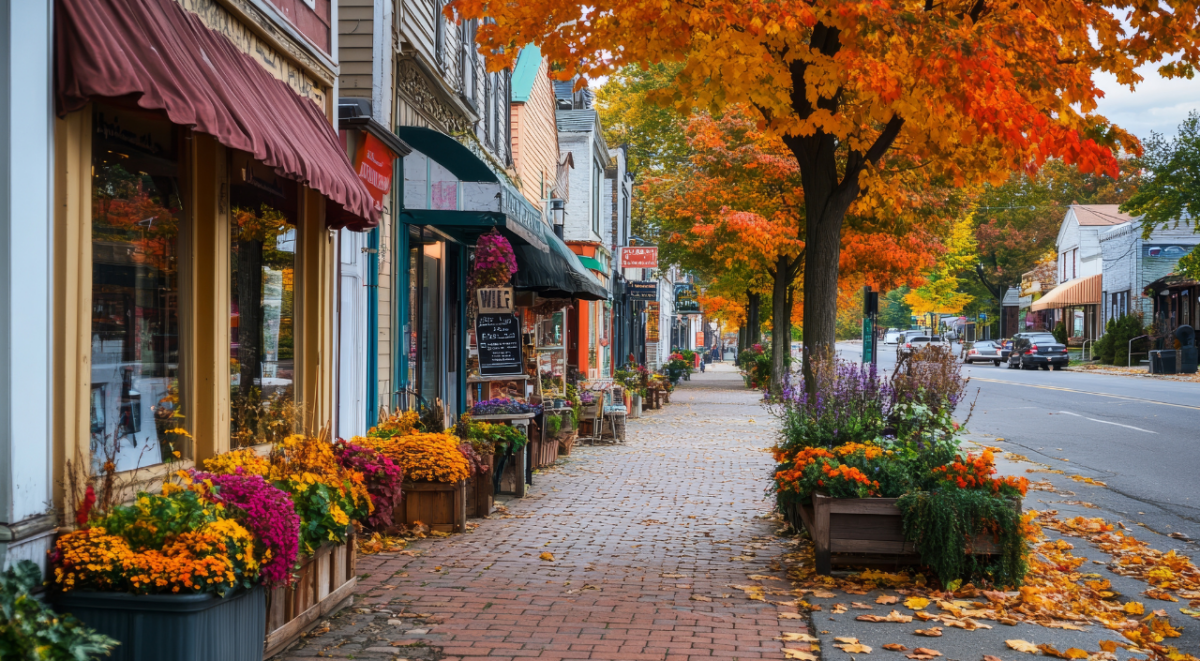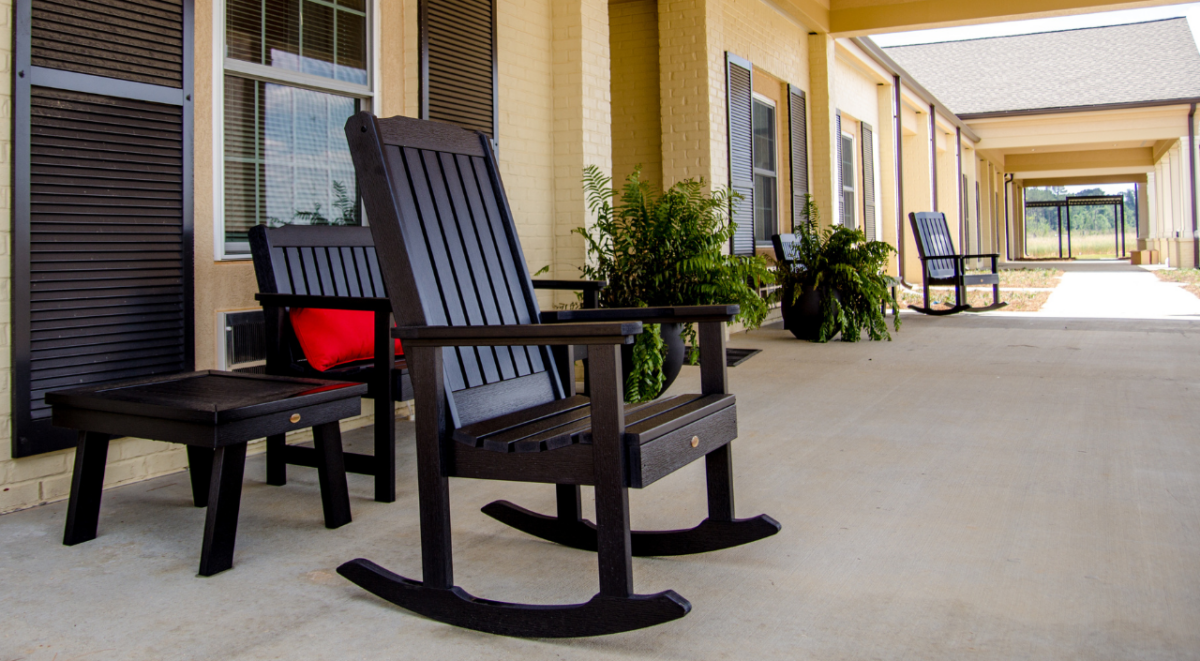It is estimated that spending for new healthcare construction in the United States will reach about $45.8 billion in 2023. Labor shortages and supply chain issues related to the COVID-19 pandemic have significantly raised commercial construction costs across the country, and in no industry are the costs of building and operating a business more expensive than in healthcare due to the safety, security and technology requirements. For this reason, financing for healthcare construction can be expensive and hard to come by, particularly in rural areas. At the same time, the need for this kind of infrastructure is paramount. Fortunately, the USDA’s Community Facilities Loan Program offers an accessible, affordable commercial business loan option for financing the construction of hospitals and other healthcare facilities.
About USDA Community Facility Loans
USDA Community Facility Loans are part of the U.S. Department of Agriculture’s larger OneRD Guarantee Loan Initiative that was established to encourage private lending, investment, and economic development in rural communities across America. The program helps entrepreneurs in rural areas start, nourish, and grow businesses and come with many advantages that include high loan amounts, attractive interest rates and repayment terms, and very reasonable credit and collateral requirements.
The USDA Community Facility Loans Program was introduced in May 2020 and expanded in 2021, in tandem with increased infrastructure spending associated with the U.S. government’s Build Back Better plan. The program currently provides lending support for more than 100 kinds of essential community facilities in rural areas. An “essential community facility” is defined as a public improvement, operated on a non-profit basis, needed for the orderly development of a rural community where the community is a city, town, county or multi-county area. The funds can be used to build, expand, or improve essential community facilities, including infrastructure and/or the services to be provided to rural residents and businesses.
Examples of Essential Community Facilities:
- Hospitals — privately held
- Healthcare facilities and services (labs, clinics, pharmacies, doctor offices, physical therapy centers, etc.)
- Fire, rescue and public safety facilities and services
- Community, public, social, educational, or cultural facilities including community parks and activity centers
- Transportation facilities (streets, bridges, roads, ports and airports)
- Utility projects
- End-user telecommunications equipment for public safety, medical, or educational purposes
- Water infrastructure (levees, dams, reservoirs, inland waterways, canals and irrigation systems)
What is Defined as “Rural” for a USDA Community Facilities Loan?
Importantly, while USDA Community Facility Loans are designated for “rural” communities, the USDA’s definition of what qualifies as a rural area is quite broad — a community, city or town with 50,000 or fewer residents. This represents approximately 97% of America’s entire geographical area. In addition, organizational headquarters can be located within a larger metropolitan area if the facility that is being funded is in a qualifying area. Eligibility can easily be checked using this interactive map.
Why Hospital and Other Healthcare Business Loans are Important
While USDA Community Facility Loans have many potential uses, funding used for healthcare businesses, services and facilities are particularly critical. The U.S. population is aging and by 2030, 1 in 5 Americans is projected to be 65 and older, prompting increased demand. In addition, the COIVD-19 pandemic caused many healthcare workers to retire early, while simultaneously prompting the need for more healthcare infrastructure including hospitals, clinics, labs, pharmacies, and more.
USDA Community Facility Loan Amounts and Terms
Community Facility Loans can provide borrowers, which can include public bodies, nonprofit organizations and federally recognized Native American tribes with lending amounts up to $100 million, which includes both the guaranteed and unguaranteed portions of the loan, as well as the balance of any pre-existing Community Facility Guaranteed Loans and the new loan request.
Like other USDA OneRD Rural Development Loans, Community Facility Loans are collateral-backed loans. Borrowers must have good credit and be able to provide collateral set at a discounted value consistent with sound loan-to-value practices on a 1:1 basis equal to the loan amount sought. All collateral must secure the guaranteed loan. Loan terms can extend to 40 years with lenders determining final terms based upon funding use (the useful life expectancy of funded assets), as well as the assets used as collateral and the borrower’s ability to repay.
Additional Requirements for USDA Community Facilities Loans for Hospitals, Healthcare and Other Types of Essential Community Infrastructure:
- Facilities must be for public use and serve the rural area where they are/will be located.
- Applicants must have the legal authority to construct, operate and maintain the proposed facilities and services.
- Applicants must provide evidence of significant community support.
- Nonprofit organizations must have significant ties to the project service area.
- Applicants must be unable to finance the project from their own resources or through commercial credit at reasonable rates and terms.
- Tax exempt financing cannot be guaranteed by the program.
Finance Your New Healthcare Facility with a USDA Community Facilities Loan Through North Avenue Capital
If you need financing for your healthcare business or have questions about the USDA’s Community Facilities Loan Program for any potential type of community-focused infrastructure, then contact North Avenue Capital today. Our USDA loan specialists can help you determine your eligibility and apply for a Community Facilities Loan. We have offices in Northeast Florida, Arkansas, Georgia, Tennessee and Texas and partners for USDA loans in all 50 states.


